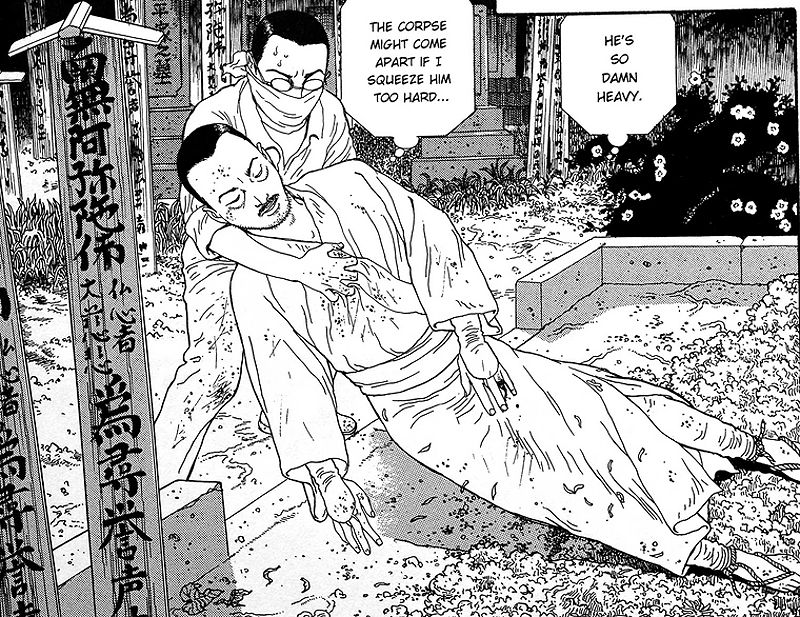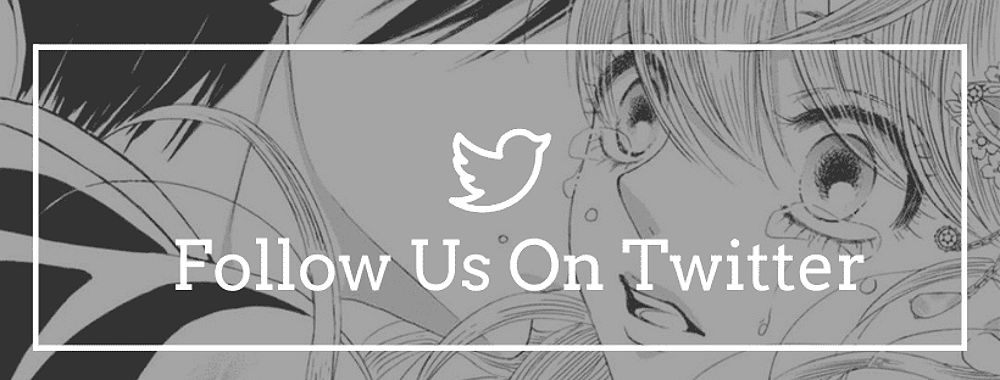The Strange Tale of Panorama Island: A Spectacle of Beauty and Bizarre

Explore the captivating world of ‘The Strange Tale of Panorama Island’ manga, blending beauty and the bizarre in a visually stunning narrative that delves into themes of industrialism and the pursuit of pleasure.
Exploring ‘The Strange Tale of Panorama Island’ Manga
‘The Strange Tale of Panorama Island’ is a captivating manga that combines beauty and the bizarre. It takes readers on a visually stunning journey, delving into themes of industrialism and the pursuit of pleasure. This article explores the intriguing world of this manga adaptation, analyzing its plot, visual appeal, and thematic elements.

( Credit to: Asianmoviepulse )
Set in the 1920s, the story revolves around Hitomi, a novelist who discovers his uncanny resemblance to a deceased industrialist. Seeking to escape his own dissatisfaction, Hitomi decides to impersonate the wealthy man and inherit his fortune. With newfound wealth, he embarks on creating Panorama Island, an adult amusement park. The manga takes readers on a guided tour of this hedonistic paradise, with Hitomi showcasing his opulent creation to his ‘wife’ Chiyoko.

( Credit to: Asianmoviepulse )
Visually Striking Illustrations
Suehiro Maruo’s illustrations in ‘The Strange Tale of Panorama Island’ are visually striking and captivating. Drawing inspiration from traditional Japanese prints and the works of Hieronymus Bosch, Maruo creates compositions that are both beautiful and grotesque. These illustrations depict a pursuit of sexuality through absurd means, often spanning across two pages to emphasize the grandeur of the environments. The characters, rendered with simplicity, bring life to these scenes, whether adorned in togas or invoking Roman iconography.
Maruo’s unique artistic style adds depth to the narrative, enhancing the overall reading experience. The illustrations perfectly complement the story, creating a visually stunning spectacle that immerses readers in the world of Panorama Island.
Exploring Themes of Industrialism and Change
‘The Strange Tale of Panorama Island’ also delves into the theme of industrialism, reflecting the era of Japan’s Meiji Restoration and its opening to the Western world. The manga presents a skeptical view of industrial progress, with Panorama Island being built using industrialists’ money on land previously inhabited by fishermen. Symbolism, such as the ‘forest of the mechanical black beasts’ and the illusions of the protagonist’s lie, further comment on the uncertainties of the changing times.
This exploration of industrialism and change adds depth to the narrative, providing thought-provoking commentary on societal shifts and the consequences of progress. It invites readers to reflect on the impact of industrialization and the sacrifices made in its pursuit.
Accessibility and Reception
Compared to other works in the Ero Guro genre, Suehiro Maruo’s adaptation of ‘The Strange Tale of Panorama Island’ is relatively tame. This makes it accessible to a wider audience, including readers who appreciate the blend of beauty and the bizarre without extreme content. However, those seeking a heavily story-driven manga may find the focus on visuals and montage-style storytelling somewhat disappointing.
Nevertheless, for enthusiasts of Ero Guro and visual storytelling, this manga offers a captivating spectacle that can be devoured in just a few days. It is a must-read for those willing to embrace the unconventional and appreciate the power of visual storytelling.
Conclusion: A Captivating Blend of Beauty and Bizarre
‘The Strange Tale of Panorama Island’ is a manga that successfully blends the bizarre with the beautiful. Suehiro Maruo’s adaptation brings to life the original novella’s themes of industrialism, change, and the pursuit of pleasure. With its visually stunning illustrations and accessible narrative, this manga is a must-read for those willing to embrace the unconventional and appreciate the power of visual storytelling.




